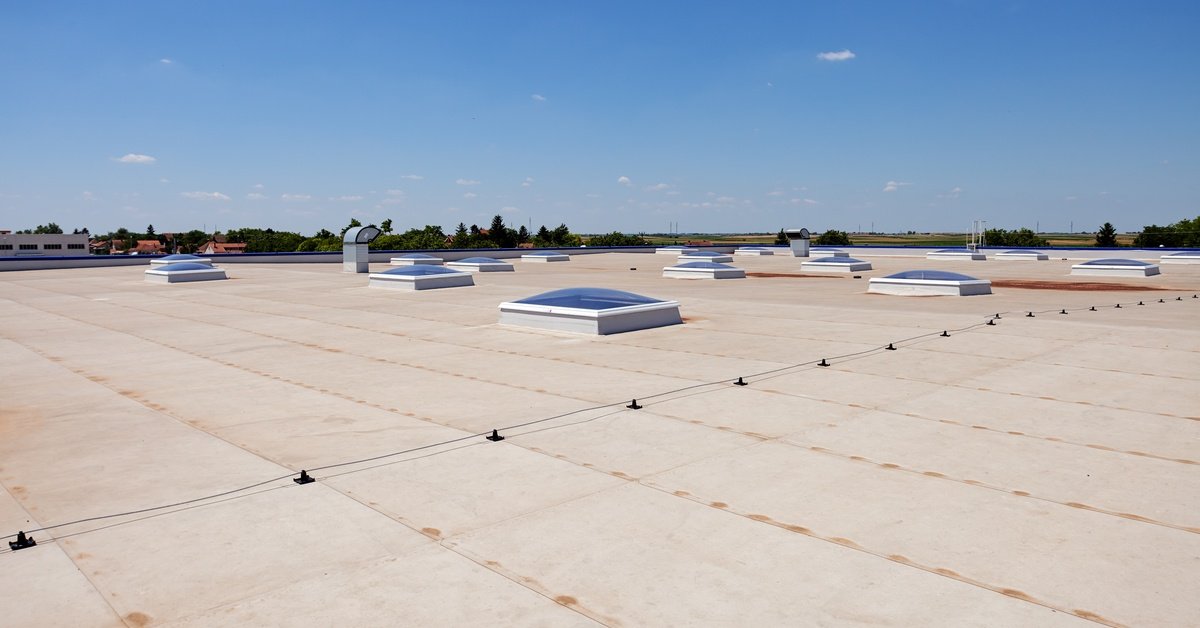How To Overcome the Challenges of a Flat Roof

Flat roofs are a popular choice for residential and commercial builds because they are simple, modern, and actually more energy-efficient than many sloped roofs. That said, this roof design has its fair share of complications. If you’re considering a flat roof for your home or building, read on to learn about the common challenges and how to overcome them.
Drainage Issues
Flat roofs do not naturally drain water as effectively as sloped roofs. As a result, water can easily pool on the surface. If the water sits there too long, it can weaken the materials and cause leaks and other types of structural damage.
Solution
Installing a high-quality drainage system is essential for flat roofs. Consider adding interior drains or scuppers to control and direct water flow. Sloping the insulation is also important, as is choosing an insulation that is waterproof. Two of the advantages of polyurethane foam roofing are its water resistance and adaptable application, making it a popular insulation material to prevent drainage issues on flat roofs. In addition to designing the roof well, you also must clear debris from the roof’s drains regularly to discourage water from pooling.
Debris Accumulation
Flat roofs are prone to accumulating leaves, dirt, twigs, and other debris. This buildup can block drainage systems and retain moisture, promoting the growth of mold and weakening the roof’s structure.
Solution
A consistent cleaning schedule is key to protecting your flat roof. Removing debris regularly will prevent clogging and reduce moisture retention. Consider installing mesh screens over drainage outlets to minimize blockages.
Membrane Separation
The membrane is a critical component of flat roofs because it makes sure they stay watertight. Over time, temperature fluctuations and prolonged exposure to the elements can cause the membrane to separate from the roof’s substrate.
Solution
To prevent membrane separation, choose high-quality materials that are designed to withstand extreme weather conditions. Additionally, using adhesives specifically made for your roofing membrane can improve its longevity. Schedule annual inspections with a roofing professional to catch early signs of peeling or uneven attachment.
Seam or Flashing Concerns
Seams and flashings are the most vulnerable areas on a flat roof. Improper installation or time-induced wear might create gaps where water can seep through and cause damage.
Solution
Prevention starts at installation. Hire a professional to install seams and flashings using high-performance sealants or tapes to extend the life of these areas. Regular inspections are also necessary to identify and address small problems before they escalate.
Flat roofs can deliver both function and style, and now that you know how to overcome their challenges, you can enjoy the perks with peace of mind. Is a flat roof right for your home or building?



